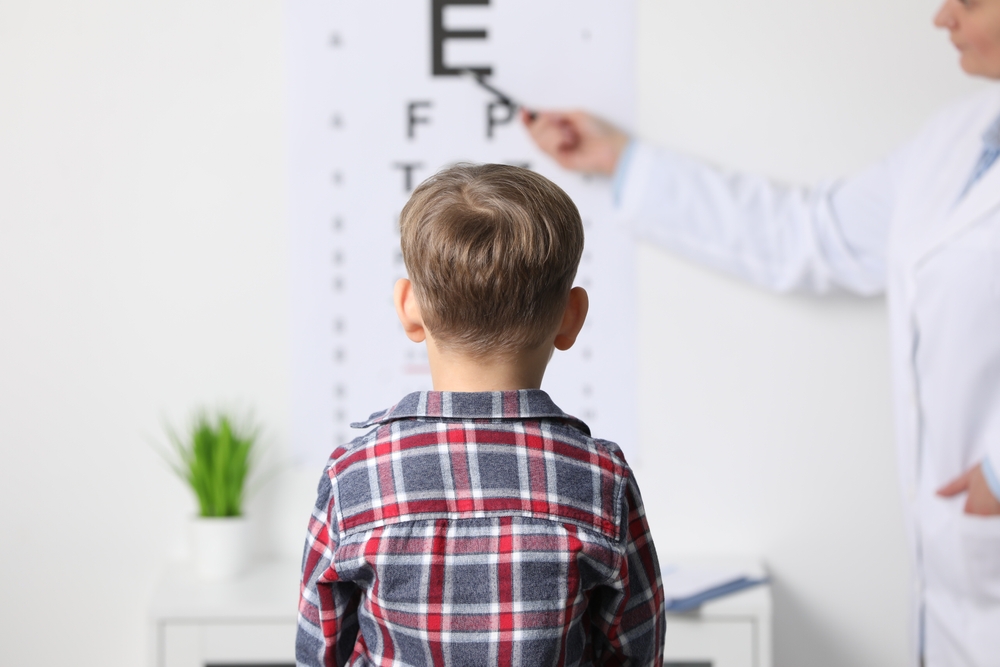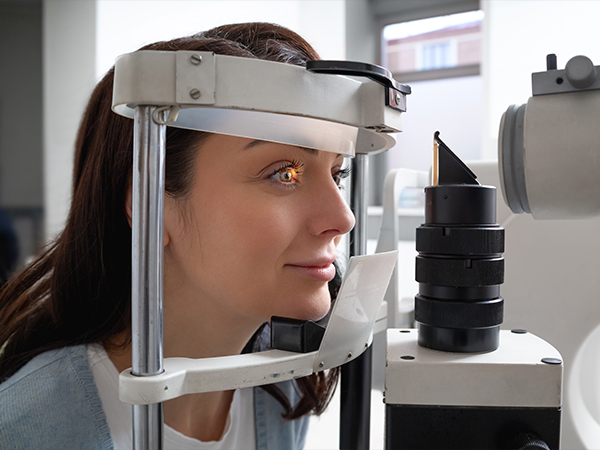When Should My Child Start Myopia Management?

If your child has been squinting to see the board at school or sitting too close to the TV, you might be wondering if they’re developing nearsightedness - also known as myopia. Myopia is becoming increasingly common in children, and catching it early is key to protecting their long-term vision. But when exactly should parents consider starting myopia management?
Understanding Myopia in Children
Myopia occurs when the eye grows too long from front to back, causing light to focus in front of the retina instead of directly on it. This leads to blurred distance vision. While glasses or contact lenses can correct the blur, they don’t slow down the progression of myopia - and that’s where myopia management comes in.
Children with progressing myopia face a higher risk of developing serious eye conditions later in life, such as glaucoma, cataracts, and retinal detachment. The earlier myopia begins, the greater the likelihood it will worsen over time.
The Best Age to Start Myopia Management
The ideal time to begin myopia management is as soon as your child shows signs of nearsightedness - often between the ages of 6 and 12. Starting treatment early gives your eye doctor the best chance to slow down how quickly your child’s myopia worsens.
Even if your child’s myopia seems mild, early intervention helps protect their vision in the long run. Eye growth is most rapid during childhood and early adolescence, so managing it during this critical period can make a significant difference.
Warning Signs Parents Should Watch For
If your child hasn’t had an eye exam recently, keep an eye out for these signs that may indicate the start of myopia:
• Squinting or sitting close to screens
• Complaints of blurry distance vision
• Difficulty seeing the board at school
• Frequent eye rubbing or headaches
• Holding reading material too close
If you notice any of these symptoms, it’s time to schedule a comprehensive eye exam.
Myopia Management Options
Modern myopia control treatments go beyond traditional glasses. Depending on your child’s needs, your optometrist may recommend:
• Orthokeratology (Ortho-K) lenses: Worn overnight to gently reshape the cornea and temporarily correct vision.
• MiSight® soft contact lenses: FDA-approved daily lenses proven to slow myopia progression in children.
• Atropine eye drops: Low-dose drops that can reduce the rate of eye growth linked to myopia.
Encouraging outdoor play and limiting screen time also play an important role in controlling myopia progression.
Why Early Detection Matters
The earlier myopia is diagnosed and managed, the greater the potential to slow its progression. Routine eye exams are essential for catching changes in your child’s vision early. Even if your child doesn’t complain about vision problems, myopia can develop gradually and go unnoticed.
Schedule a Myopia Evaluation at Visual Acuity Eyecare Today
Starting myopia management early can make a lifelong difference in your child’s vision health. By being proactive and working closely with Dr. Du, you can help slow the progression of nearsightedness and reduce the risk of future eye complications.
If your child is showing signs of nearsightedness, now is the perfect time to take action. Schedule a comprehensive eye exam at Visual Acuity Eyecare to learn about the best myopia management options for your child. Contact our offices in Fairfax, Virginia, by calling (571) 470-0112 to book an appointment today.



